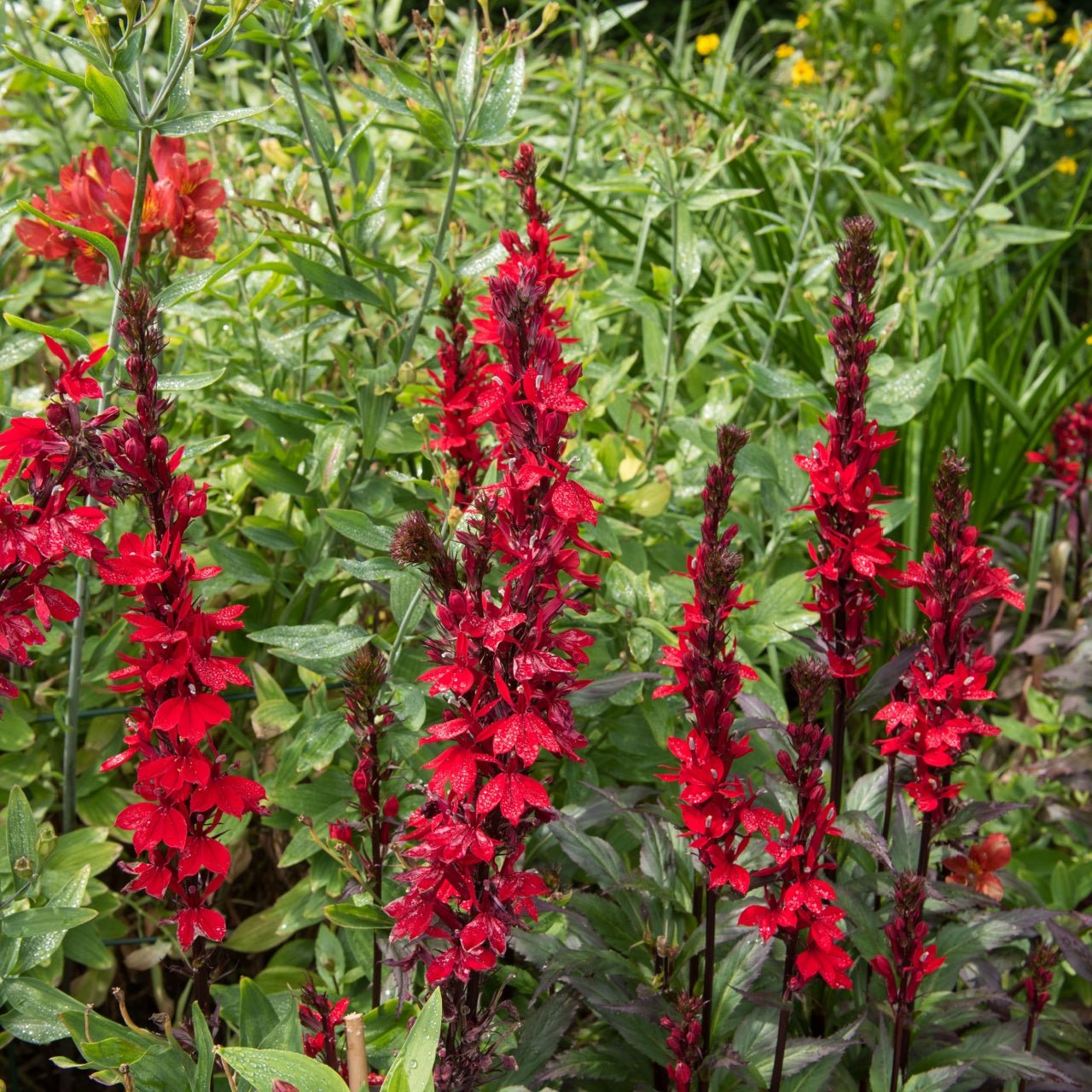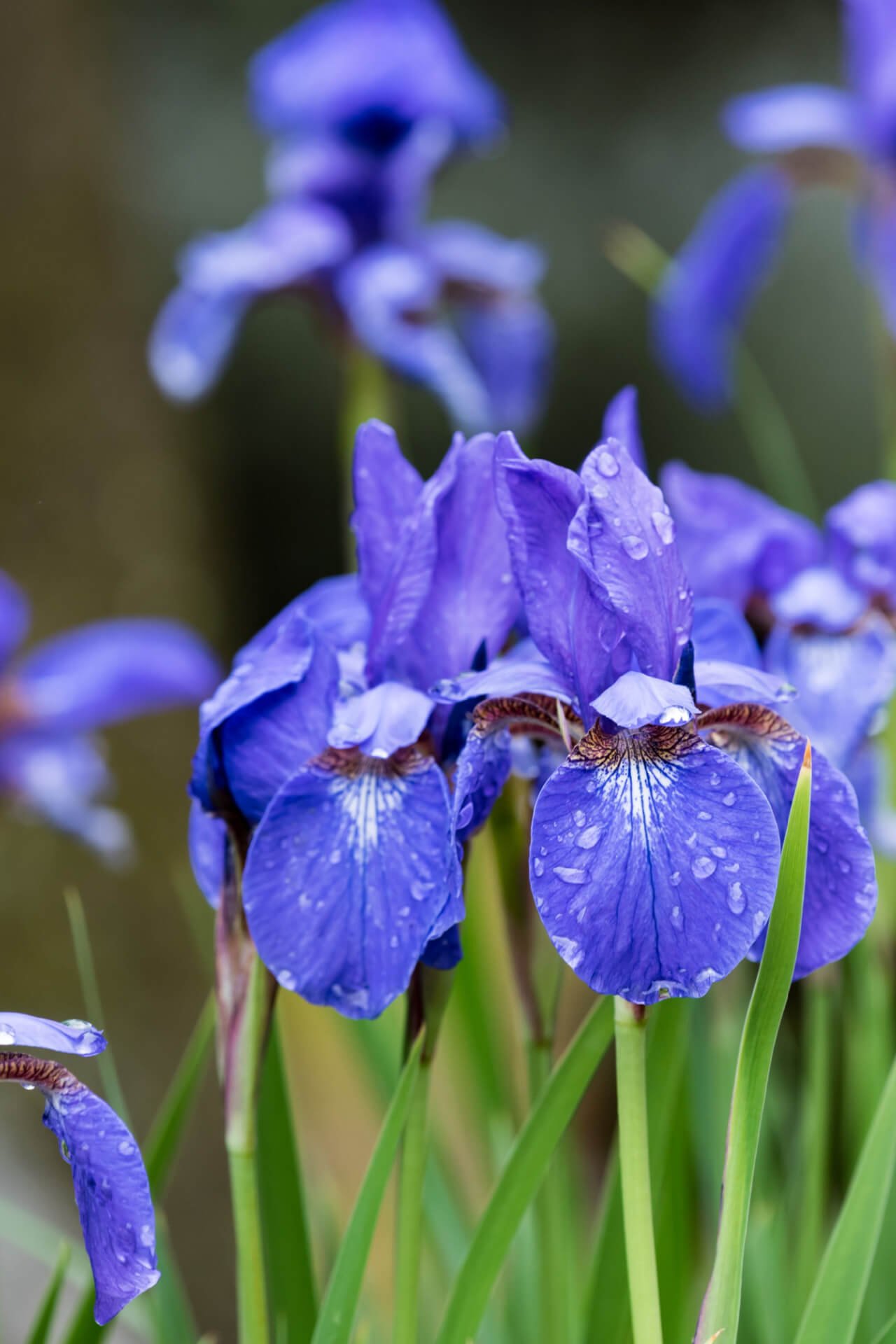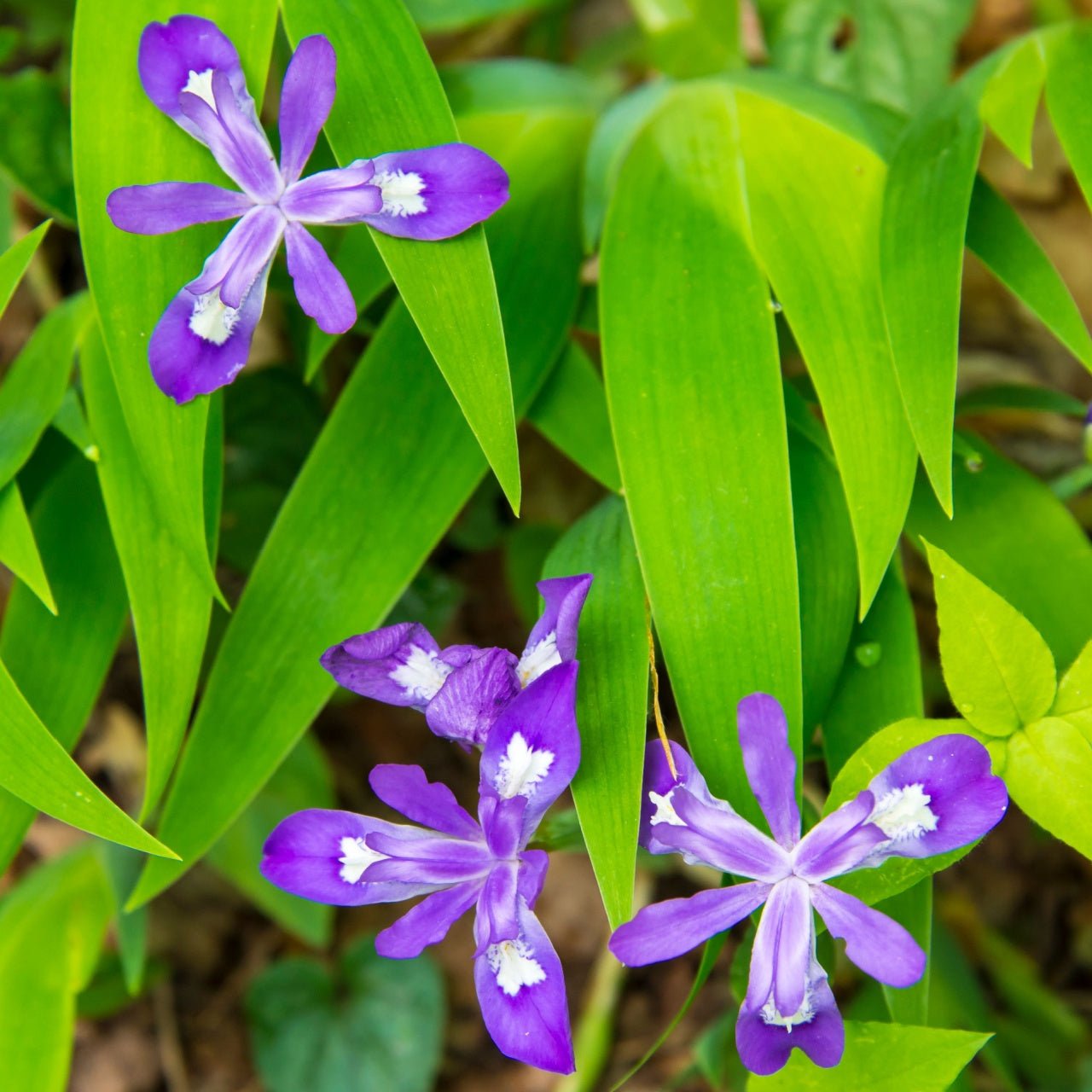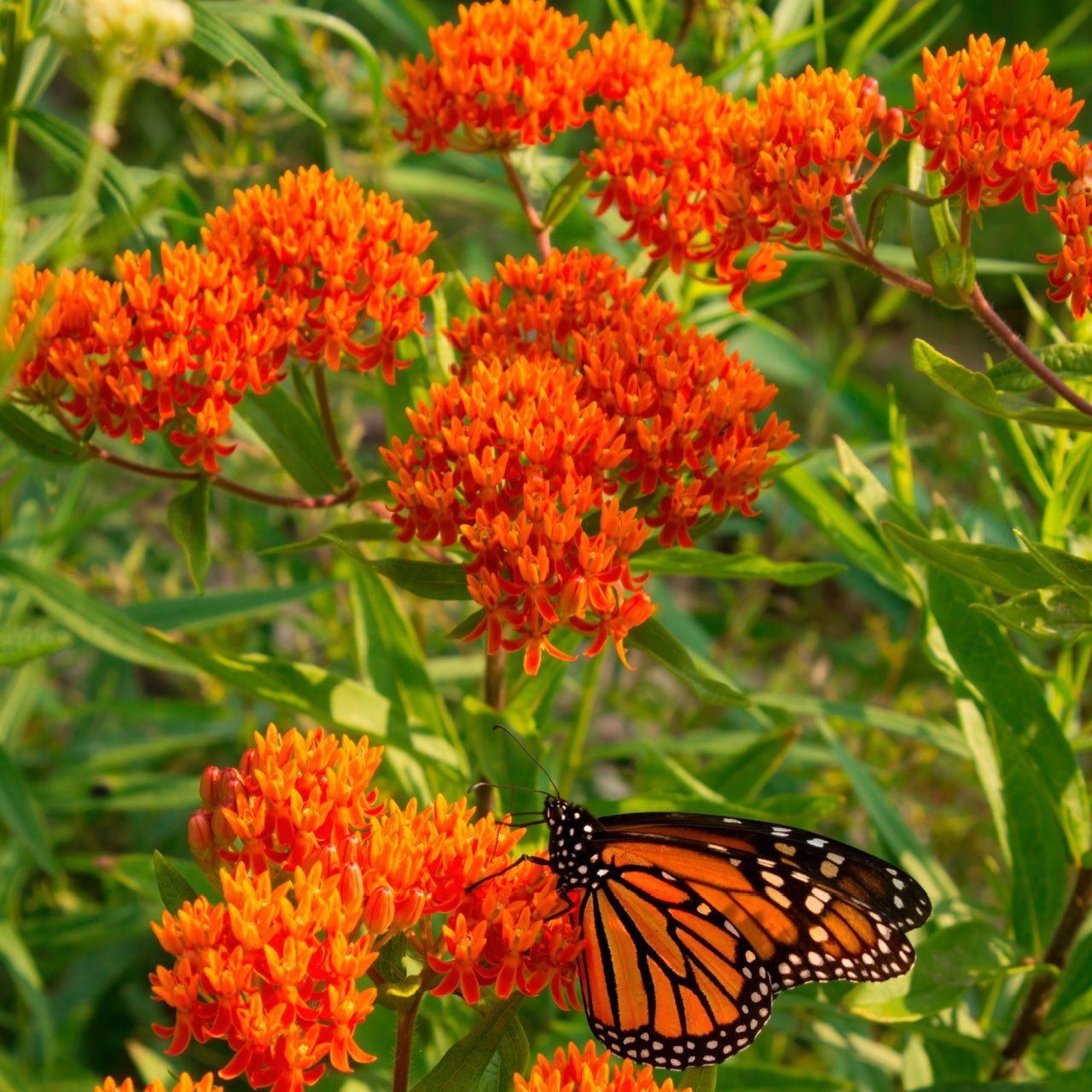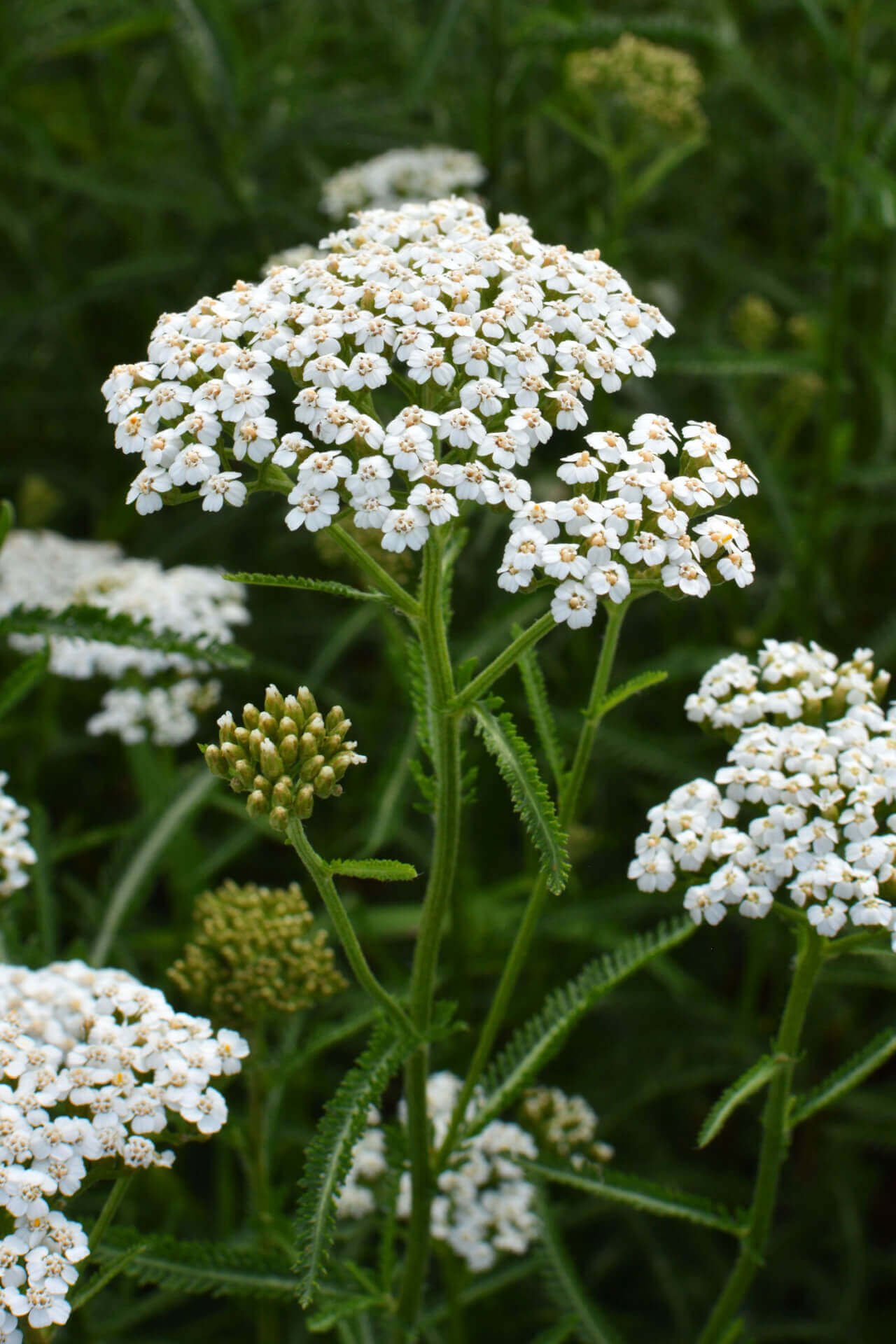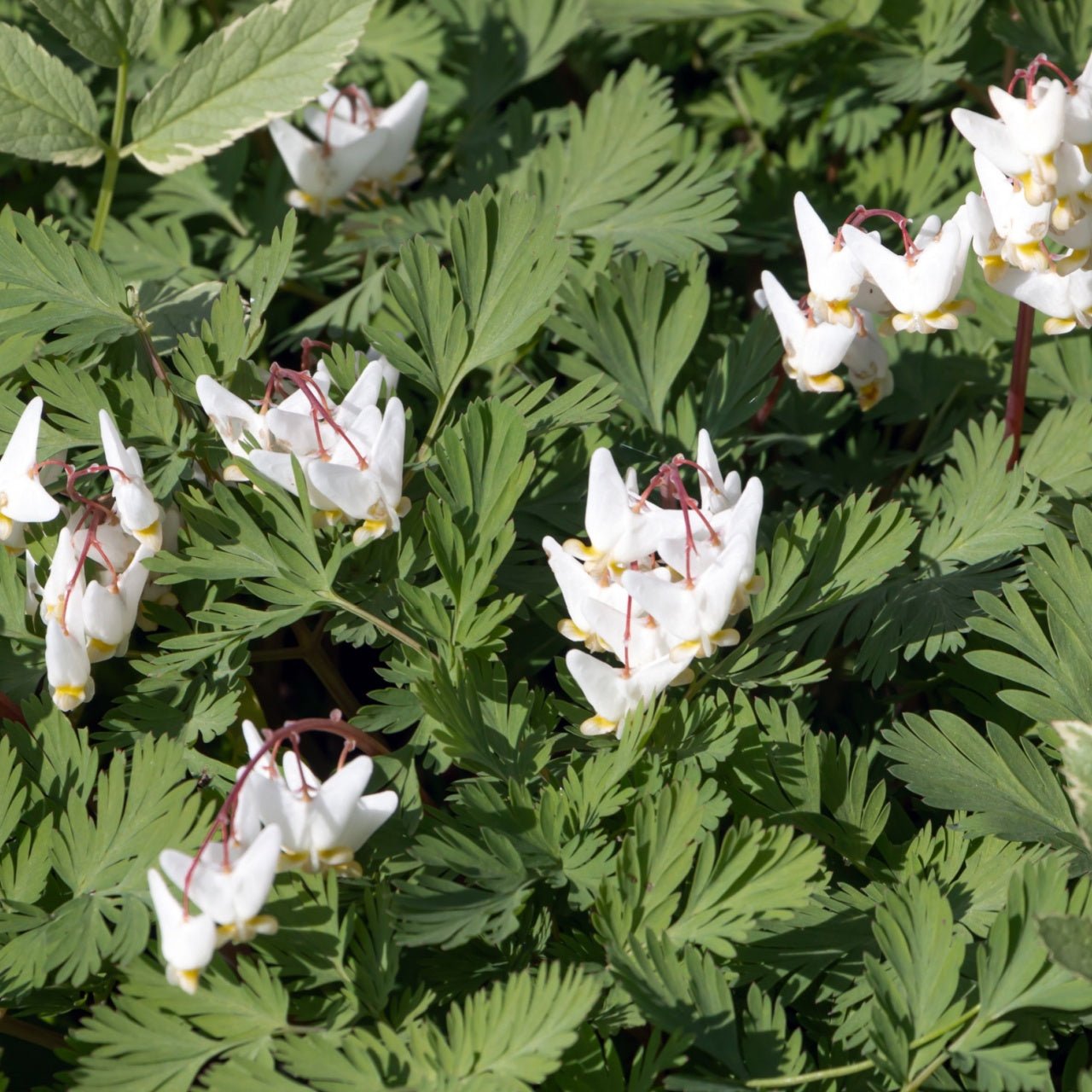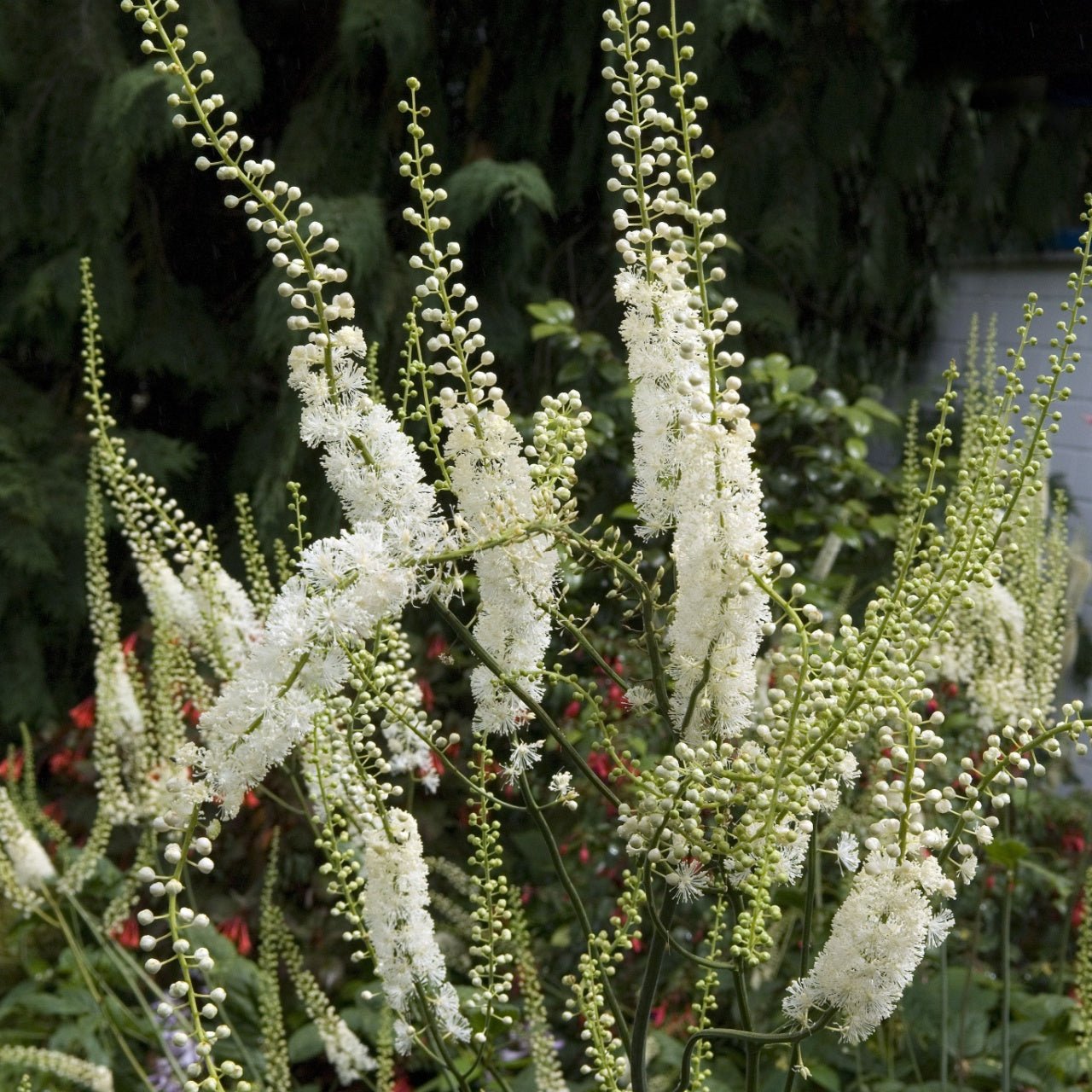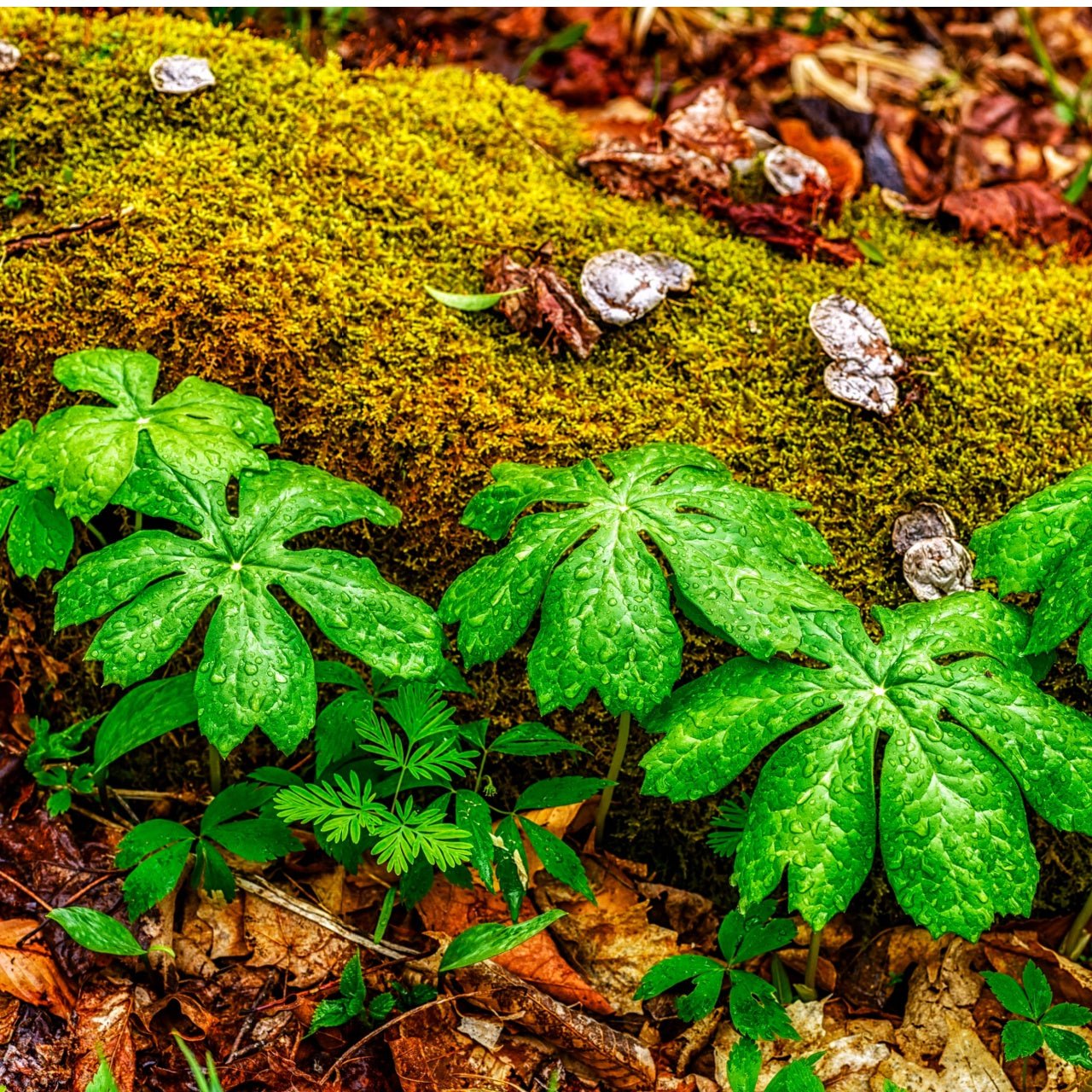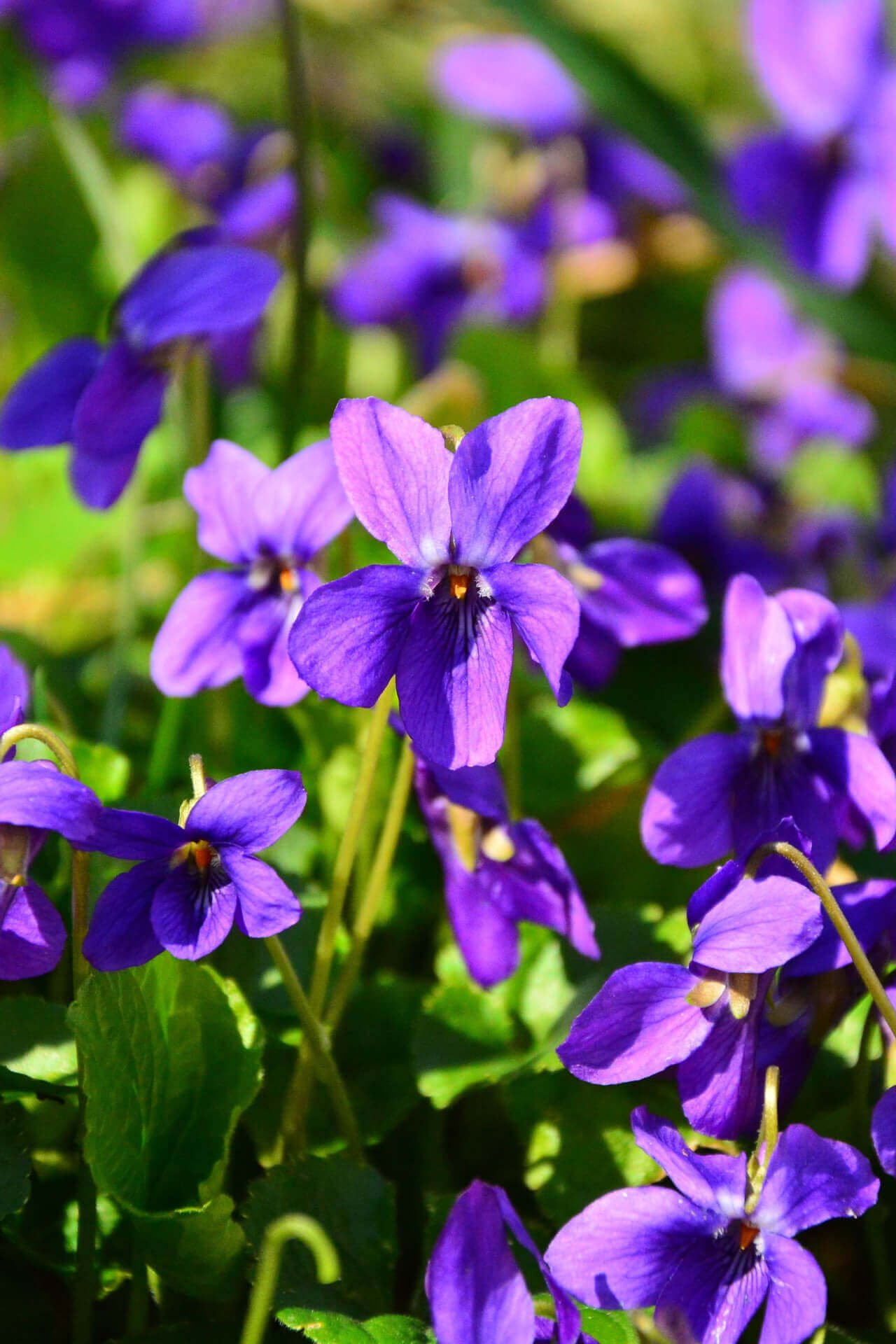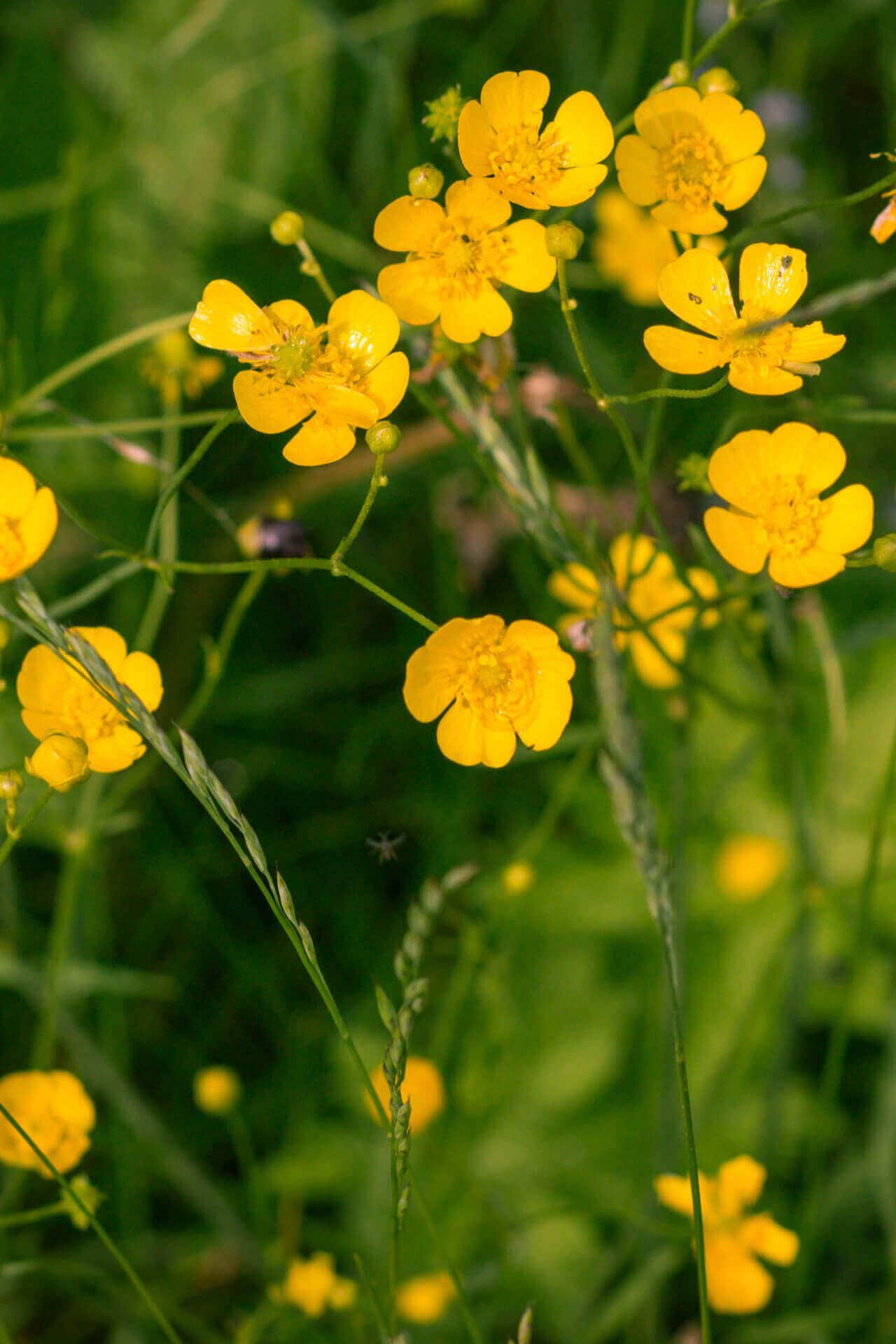Deer can wreak havoc on any garden. From tree and shrub damage to destroying plants, deer is the usual suspect. Like with any sworn enemy first we must know their habits. Fortunately, deer are creatures of habit, so their behavior is predictable.
Here are some facts about deer:
-
Deer are most active during the morning and evening hours.
-
Their habitat range typically covers several hundred acres– that's a lot of ground!
-
They have one area that they use for resting and another for feeding.
-
Deer mate from September to January
-
Older females usually have 2 babies a season whereas younger females have one.
What Do Deer Eat?
It seems like deer eat everything we don’t want them to. Shrubs, flower buds, tree branches and bark– the list goes on. But there are foods they prefer.
Here is a list of the feeding habits of deer:
- Deer tend to eat evergreens and dry leaves in winter.
- When it’s not winter, deer eat fruits and nuts.
- They favor farmlands near wooded areas because it provides both shelter and food.
- Deer-related damage increases in winter when food is limited.
- They eat shrubs, trees, and crops when available.
Are You Sure It’s Deer?
This is the first step in decreasing deer-related damage - determining if it is deer that are causing you problems – so you have to observe. This way you will know for certain that the problem isn’t caused by squirrels, rabbits, or neighbor kids with too much time on their hands.
If you notice any of the following, deer may be the cause of your plant and tree damage:
-
Height where damage occurs: deer can feed from ground level to five feet (or more) above the ground.
-
If you notice hoof prints - pay close attention to the ground because they can be easy to miss.
-
Browse line on evergreen plants– if you have an otherwise healthy hedge, but it is sparse from the base to about three feet up, this is likely a deer-related issue.
Deer-Resistant Perennial Plants
Prevention is often the easiest and most cost-effective method of preventing deer-related damage.
Repellants are an option, but they wash off in the rain. Plus, they need to be applied to large areas which means a lot of work for you.
Fences are an excellent method of prevention. However, they are expensive and may be unsightly. To keep the deer out, fences must be eight feet tall or more.
The best preventative measure is buying perennials that you love and deer hate. Perennials will return year after year, which is less work for you. Buying deer-resistant perennials is a method that will save you a considerable amount of time, effort, and money.
Here is a list of 16 deer-resistant perennials:
The red cardinal flower is a deer-resistant perennial that loves moist soils. It has tall spires that bloom with red flowers. It is loved by pollinators and is easy to grow.
Zones: 3 to 9
Sun exposure: Full sun
Water: Very wet
Best for rain gardens and wet spots in the garden
Great white trillium is a timeless yet uncommon deer-resistant perennial. It has three large white rippled petals with dark green foliage. It does well in a range of soils.
Zones: 3 to 9
Sun exposure: Full sun or part shade
Water: average
Best for borders and woodland gardens
The Siberian iris has iconic petals that grow in multiple directions. It is a bold plant ideal for anyone who wants to liven up their garden.
Zones: 3 to 9
Sun exposure: Full sun
Water: Average
Best for Japanese gardens and borders
Dwarf crested iris is a deer-resistant perennial that has star-shaped flowers. It grows lower than most irises and looks great in containers.
Zones: 4 to 8
Sun exposure: Full sun to part shade
Water: Average
Best for edges, front of border, and woodland gardens
Bearded Iris
The bearded iris is another deer-resistant flower that has gorgeous, bold blooms. Their flowers blossom on long stems. These are ideal for any gardener who wants to make a statement.
Zones: 3 to 9
Sun exposure: Full sun
Water: Average to moist
Best for middle and back or borders
Butterfly weed is a must-have for any pollinator garden. This deer-resistant perennial attracts butterflies, bees and maybe even a hummingbird or two. Plus, it's low maintenance, what's not to love?
Zones: 4 to 9
Sun exposure: Full sun
Water: Moderately dry to average
Best for pollinator gardens and sunny borders
White Violets
White violet comes from the same family as common violets. This low-growing deer-resistant perennial looks great in moon gardens or front of borders.
Zones: 3 to 8
Sun exposure: Full sun or part shade
Water: Average
Best for woodland gardens, moon gardens, front of borders, and containers
The bird's foot violet is a twist on the typical violet. Its flower puts out petals in dark purple and light purple. It pairs well with irises and other varieties of violet.
Zones: 4 to 8
Sun exposure: Full sun or part shade
Water: Average
Best for woodland gardens, front of borders and containers
Yarrow is a deer-resistant perennial that is loved by pollinators. It can grow in many soil conditions and can tolerate some shade. Yarrow is one of the most popular plants on this list!
Zones: 3 to 9
Sun exposure: Full sun
Water: Average to moist
Best for borders and pollinator gardens
Dutchman's breeches are a deer-resistant perennial that is closely related to the common bleeding heart. It is native to North America and can be grown in five different zones. It is a low-maintenance plant that is easy to grow.
Zones: 3 to 7
Sun exposure: Full sun or part shade
Water: Average to moist
Best for borders, woodland gardens, and containers
Deer-resistant perennials for shade
Deer tend to lurk in the shadows, especially when we aren't paying attention. To ensure they don't munch on your precious shaded plants, here are some shade-loving perennials that deer will avoid.
Virginia bluebells are an excellent addition to any garden for their striking color. They are a deer-resistant perennial that can be grown in a wide range of soils and climates.
Zones: 3 to 8
Sun exposure: Full shade
Water: Average to moist
Best for cottage gardens and borders.
This deer-resistant perennial is great for adding height and intrigue to your outdoor space. It can serve as a soft screen or be used in the back of borders due to its height.
Zones: 4 to 9
Sun exposure: Full shade
Water: Average
Best for back of borders and woodland edges
Mayapple is unique in that its flowers grow below its leaves. The leaves are like umbrellas that provide shade to the flowers. Children, especially love this plant and spotting its hidden flowers.
Zones: 3 to 8
Sun exposure: Full shade
Water: Average to moist
Best for alpine gardens and woodland gardens
Deer-resistant perennials for the Northeast
It can be tricky to find good deer-resistant perennials in the northeast where deer are most prevalent. But have no fear! There are options for even the most deer-bothered gardener.
Tiger Lily is a gorgeous and unique deer-resistant perennial. It has spotted markings on its orange petals. While it is native to North America it can add an exotic look to any garden.
Zones: 3 to 8
Sun exposure: Full sun
Water: Average
Best for borders and woodland edges
This deer-resistant perennial violet does especially well in colder climates. It is a low grower with unique, whorled foliage.
Zones: 3 to 9
Sun exposure: Full sun or part shade
Water: Average
Best for woodlands, borders, under trees or shrubs, and containers
The creeping buttercup thrives in many climates, even cooler ones. It is a nostalgic memory of childhood that is as beloved now as it ever was.
Zones: 3 to 9
Sun exposure: Full sun or part shade
Water: Average
Best for woodlands, borders, or as ground cover
How to Build a Deer-Resistant Garden Bed
Creating a garden bed that deer cannot quickly access becomes a fulfilling endeavor for gardeners who face continual challenges from these elegant yet voracious animals. The feeding habits of deer target tender plants at night and dawn, which causes ongoing frustration for many gardeners. By implementing strategic planning and construction techniques and choosing plants that deer dislike, you can minimize the likelihood of deer turning your garden into their favorite dining spot. This comprehensive guide covers plant choices alongside structural design and tips to help you create a garden bed that deer will avoid.
First, think about placement. Deer maintain consistent patterns because they choose routes that require minimal effort. Take time to study deer movement patterns on your property before you begin building your garden bed. Identify current deer trails on your property, including wooded pathways approaching your yard and open fields that might support their movement. To protect your new bed from deer browse, establish it in a location that receives more protection or situate it near human activity because deer avoid areas with heavy traffic. When building near a deer pathway, it is advisable to construct a barrier like a fence or hedge to prevent deer from browsing.
Examine your garden bed design and height with attention to detail. Raised beds bring multiple benefits, including improved soil quality and better drainage, while they slightly deter deer. When combined with fencing or netting around the perimeter, elevating garden beds becomes a minor deterrent against deer. Despite their ability to jump high, a basic fence around a raised bed still provides protection. People residing in areas with high deer populations should consider building an eight-foot-tall fence because it presents a valuable preventive measure. While taller fences might appear excessive, deer can quickly jump over short barriers, making fence height crucial to block access.
Strengthen your defenses by including barriers that deer can't penetrate within the bed structure. To protect your raised bed from pests that burrow, install hardware cloth underneath and add a mesh fence to the bed's sides. A few gardeners modify their fences by angling the upper foot or two outward to obstruct deer jumps. Physical barriers represent your initial protection despite needing some work to implement them.
Plant selection is the second central element. No plant can completely resist deer attacks, but some plant varieties appeal less to deer than others. Deers generally avoid plants with strong odors and fuzzy or leathery leaves or toxic components. People usually avoid herbs like rosemary, lavender, and sage due to their strong odors. Deer tend to avoid feeding on ornamental grasses, foxglove, and yarrow plants. Plants that possess hairy or thorny foliage, like lamb's ears and specific rose breeds with prickly stems, successfully deter deer from feeding on them. Establish these plants as a border around your garden bed to construct a natural deterrent that can decrease the area's attractiveness.
Also, consider grouping your plants wisely. Position the most deer-resistant plants at the outer boundaries of your garden bed so these fragrant or tough-to-consume species will greet any deer first. Position plants with moderate deer resistance in the bed's center area. Deer may be deterred by the rugged textures and powerful smells of outer plants and decide to leave without reaching the more inviting plants inside.
Companion planting and increasing plant diversity serve as alternative strategies. Gardens that incorporate various deer-resistant plant species tend to work better than those with single-species plantings. Layer your garden design with groundcovers alongside shrubs and tall, deer-resistant perennials when you plan your layout. The multi-level design strategy will shield the plants that deer find most attractive.
After planting your garden bed, regular garden maintenance is essential to prevent deer from entering. Eliminate any dropped fruit or vegetables, as they can draw wildlife to your garden. Ensure proper watering and fertilization, as lush growth makes plants more appealing to pests. Regular inspections of your fencing and netting should be done to spot any gaps or damages that deer could use to enter.
Repellents make a practical addition to your deer-resistant strategies. Commercial deer repellent sprays consist of ingredients such as putrefied eggs and garlic. The repellent sprays can be used directly on plants' foliage. Gardeners often create homemade deterrents by combining water with either soap flakes, hot pepper, or garlic. To achieve maximum effectiveness, different repellent formulas are used at regular intervals to prevent deer from recognizing the scent or taste.
Finally, remember to observe and adapt. When deer begin to nibble on your plants despite your best efforts, you should alternate deterrent techniques and include new protective barriers. Seasonal changes in deer behavior require different repellent methods because the same deterrent that works in spring can fail during winter when food becomes scarce. Successful garden maintenance requires constant attention and adaptability.
A deer-resistant garden bed requires a combination of physical barriers, thoughtful design techniques, strategic plant choices, and consistent maintenance. Although preventing deer from entering your garden during scarce food periods is difficult, you can lower their browsing substantially by applying these methods. A combination of patience, planning, and appropriate defenses will ensure your garden bed remains beautiful and full against deer presence.
Read more
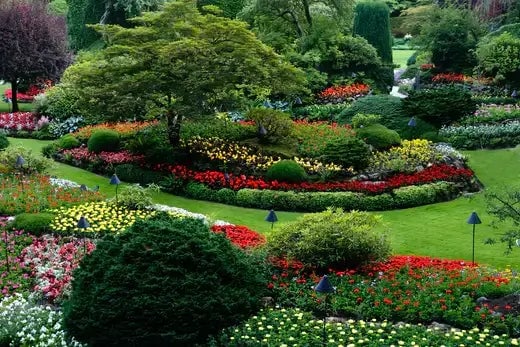
What does perennial mean? In this article we seek to answer the most common gardening questions. What does perennial mean? What does annual mean? How do I know what zone I'm in? Learn the answers t...
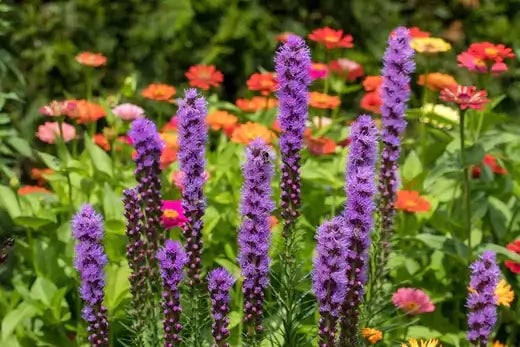
Are you looking for a way to transform your Garden and create beautiful, long-lasting flowers that will provide years of enjoyment? Perennials are a perfect choice!



